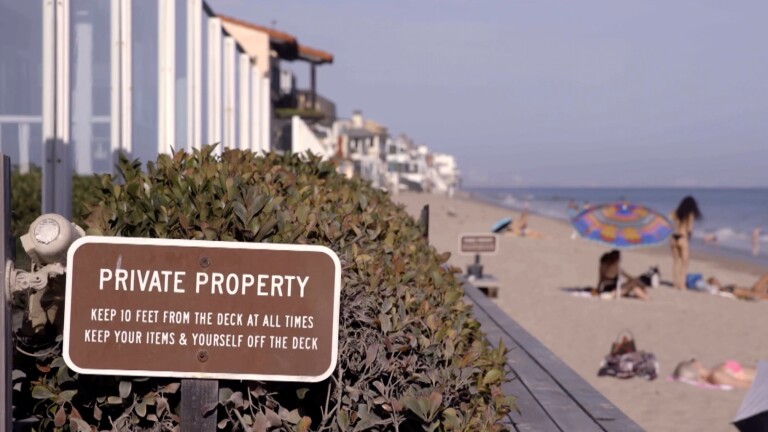
Sustainable Architecture: Hesperia's Superadobes
They are anything but stereotypical cookie cutter homes equipped with parking garages, state-of-the-art architecture, and HDTV screens plastered on the walls.
These sustainable dome-like structures, also known as superadobes, are the brainchild of Cal-Earth, the California Institute of Earth Architecture located in Hesperia, Calif.
The concept was founded by Iranian-American architect and humanitarian Nader Khalili, who escaped his job as an urban developer for the chance to create simple housing solutions.
"My father was a traditional architect and urban developer building skyscrapers, but was very unhappy so he left his work and realized it wasn't serving humanity or the work," Dastan Khalili, son of Cal-Earth founder Nader Khalili, told KCET's Artbound, which produced this segment. "My father's passion was the fact that there's over a billion people who live in inadequate housing,"
The builders at Cal-Earth use simple items -- sandbags, dirt, barbed wires -- to create majestic structures inspired by classical Persian poetry and architecture. Students enrolled in the institute are taught to use the word "earth" in replace of "dirt" as a sign of respect for nature.
As Kim Stringfellow from Artbound wrote, Khalili founded Cal-Earth as a nonprofit organization in 1991 with the idea that everyone deserves a shelter as a basic human right using sustainable construction materials.
The institute teaches students how to build emergency shelters cheaply, by building vaults, apses, domes, circles, while keeping in mind the challenges of living in different environments.
Featuring Interviews With:
- Dastan Khalili, son of Cal-Earth founder Nader Khalili.
- Sheefteh Khalili, daughter of Cal-Earth founder Nader Khalili.
- Hooman Fazly, Cal-Earth technical director.























